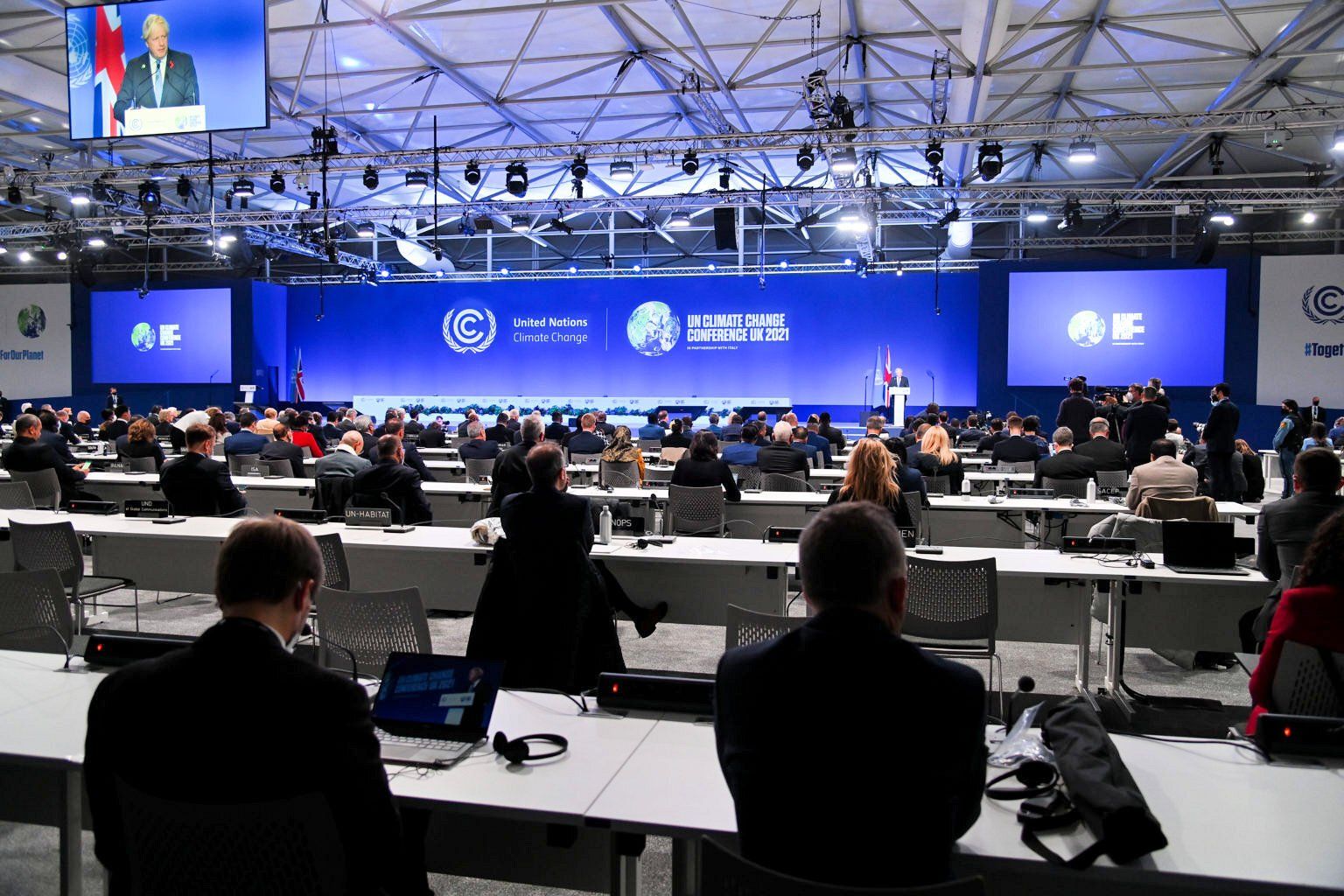Government Energy Strategy
The problems with the new strategy
The new Government is commited to net zero by 2050, but there are no targets between then and now on the reductions necessary. Little mention of energy efficiency belies thinking that regards energy consumption as too important. As has been said many times, we don't want energy, we want what it brings, the ability to move about, what it can make and comfort against cold (and, increasingly, heat). With such a large percentage of UK energy going on domestic heating, over 40%, and the ever shortening time left before the climate changes catastrophically, you'd think measures to reduce the amount of energy we use would be high on the agenda. Not least because, with some of the leakiest houses in Europe, we start at a comparativley low, and therefore economic, base.
There is a big problem with cutting emissions by the amounts needed. Planting trees can't ever be the answer and geoengineeing is at the very least risky. So far there have not been policy commiments to the estimated maximum of 50 million tons of greenhouse gas emissions a year. At the moment, it's 384 million tons. And "energy demand must reduce by over 40% to have a reasonable chance of meeting the UK’s net zero 2050 goal." (https://ukerc.ac.uk/news/four-crucial-climate-targets-the-new-uk-government-should-adopt-immediately/).
The new UK government has yet to state how it will be transparent in reaching net zero.





